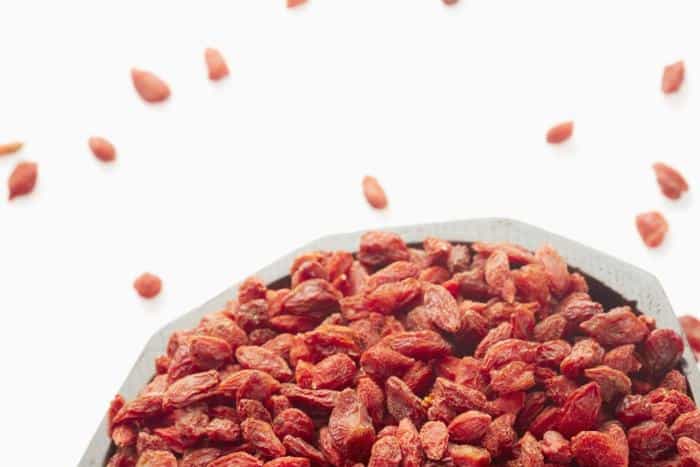Blood is pumped into our arteries using a certain force that can be measured. The pressure that is used to pump this blood is called blood pressure.
Usually this pressure is normal although in some individuals it could be high or low. If a person suffers from hypertension, high blood pressure or HBP, he or she could be at greater risk of suffering a stroke, heart attack, kidney disorders etc.
Two numbers are used to give blood pressure readings – systolic and diastolic. Hence, when our blood pressure reading is given, it could say 120/80 mmHg.
Those with normal pressure usually have readings that are less than 120/80 mmHg. Those with hypertension mostly have readings at 140/90 mmHg or more. If the blood pressure records between 120/80 and 140/90 it is referred to as pre-hypertension.
Those with strokes, kidney or heart problems should have readings even below that of normal people. Usually people with pre-hypertension BP readings develop high blood pressure at a later stage.
There are several factors that can affect our blood pressure like: excessive salt or water in food, nervous system, kidney or blood vessel disorders and differing levels of body hormones.
Some groups of people are more prone to high blood pressure than others.
- Older people for their blood vessels thicken with age
- Obese
- Those who drink more excessive amounts of alcohol
- Those with diabetes or family history of hypertension
- Smokers
Secondary hypertension is caused in pregnant women, those on certain medications and those with disorders of the adrenal gland, kidney disease, hyperparathyroidism and renal artery stenosis.
Unfortunately most people do not suffer any symptoms of high blood pressure and only find out during a routine medical check. Some people could demonstrate symptoms like nausea, vomiting, severe headache, nosebleeds, vision problems and confusion, if they suffer from severe high blood pressure.
About Goji Berries
Some common names for goji berries are Chinese wolfberry, matrimony vine, Lycium barbarum, Gou Qi Zi and Tibetan goji berry. This berry grows on shrubs reaching 1-3m in height in China, Mongolia and Himalayan regions of Nepal and Tibet. T
he berry, leaves and root bark are used for medicinal purposes and to eat raw, drink as juice or include in various recipes.
The fruit has a mild flavor that is like licorice and the dried berries resemble raisins. The leaves are used to make tea in China. Root bark is used to treat simple coughs, colds or bleeding disorders.
There have been few human studies on the effectiveness of goji berries for various ailments. However, what we do know is that goji berries are rich in various nutrients.
They are a rich source of flavonoids, vitamins A, C and E. They contain essential fatty acids and high in antioxidants.
Phytochemicals such as riboflavin, ascorbic acid, nicotinic acid, thiamine, coumarin, betainm zeaxanthin and minerals like zinc, iron, manganese, copper, calcium, magnesium and selenium are present in goji berries.
Goji berries have been found useful in the treatment of high blood pressure, diabetes, high cholesterol, sexual dysfunction, fertility, eye disorders, kidney, immune system and liver disorders etc. They contain anti-aging, antioxidant, anti-tumor and anti-inflammatory properties.
Goji Berries for High Blood Pressure

All berries are said to benefit high blood pressure patients since they have high levels of polyphenols that fight free radicals in the body.
These phytonutrients improve the immune system’s response, repair damage to DNA caused by pollution, smoking etc and convert vitamin A. Hence regular consumption of moderate quantities of berries is recommended.
Goji berries are not as well known as blueberries, raspberries, strawberries or hawthorn berries. However, the high nutrient and antioxidant content of goji berries means that they have can treat high blood pressure.
It is estimated that 1 in 4 adults in the US suffer from high blood pressure. Research is underway about the benefits of polysaccharides – a master molecule – found in abundance in goji berries and their ability to maintain normal blood pressure.
Traditional Chinese medicine has used every part of the goji plant to treat hypertension – e.g. Leaves to make goji tea. A fit diet for hypertension includes – vitamin and antioxidant-rich vegetables and fruits, low-fat dairy products, whole grains, and B vitamins.
Specific nutrients found in goji berries that can control high blood pressure include zeaxanthin – an antioxidant compound, polysaccharides, flavonoids, vitamins A, C, E, iron, phosphorous, calcium and zinc.
While goji berries are the most common way to eat this fruit, the roots of the goji plant are said to provide even better benefits for those with hypertension. These roots help artery walls to expand.
This improves blood flow and therefore lowers blood pressure. Hence, if goji root extracts are available, they can be included in diet or just eat enough berries as recommended by your physician.
Precautions
Since there have not been substantial studies on the benefits of goji berries, anyone taking these supplements must first consult their doctor especially if they are pregnant and breastfeeding.
There are herb-drug interactions between goji berries and blood thinning medications like warfarin. Taking goji berries along with this could increase bleeding. It could also interact with blood pressure and diabetes drugs.
Goji berries provide a lot of benefits. Just check the daily recommended dosage, especially if you have health problems. Staying within required limits will usually not produce any side effects.
